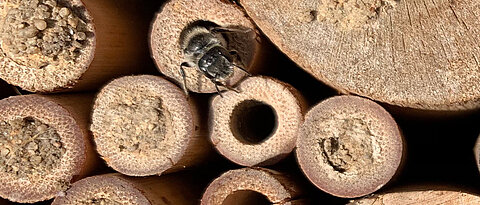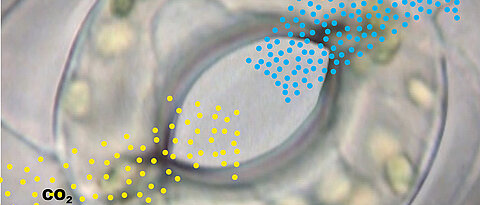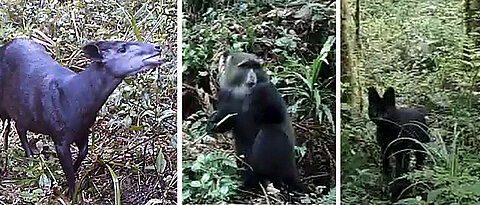How Bees Live With Bacteria
08/27/2019
More than 90 percent of all bee species are not organized in colonies, but fight their way through life alone. They are also threatened. Scientists from Würzburg demand more research on the ecology of these insects.
more










